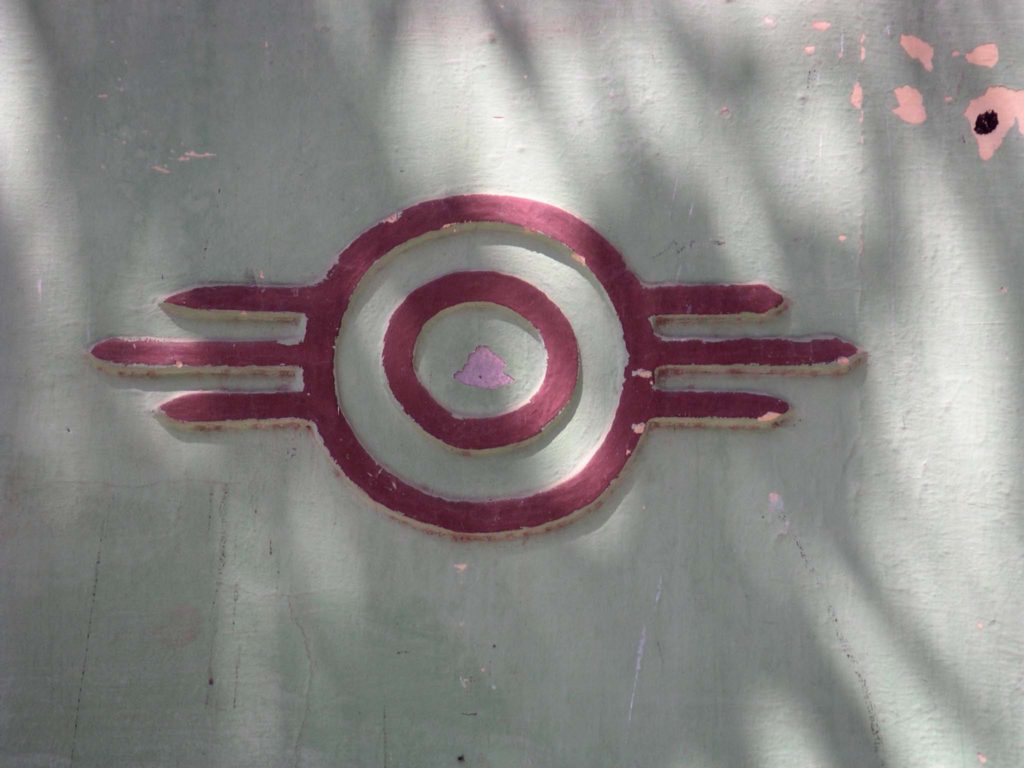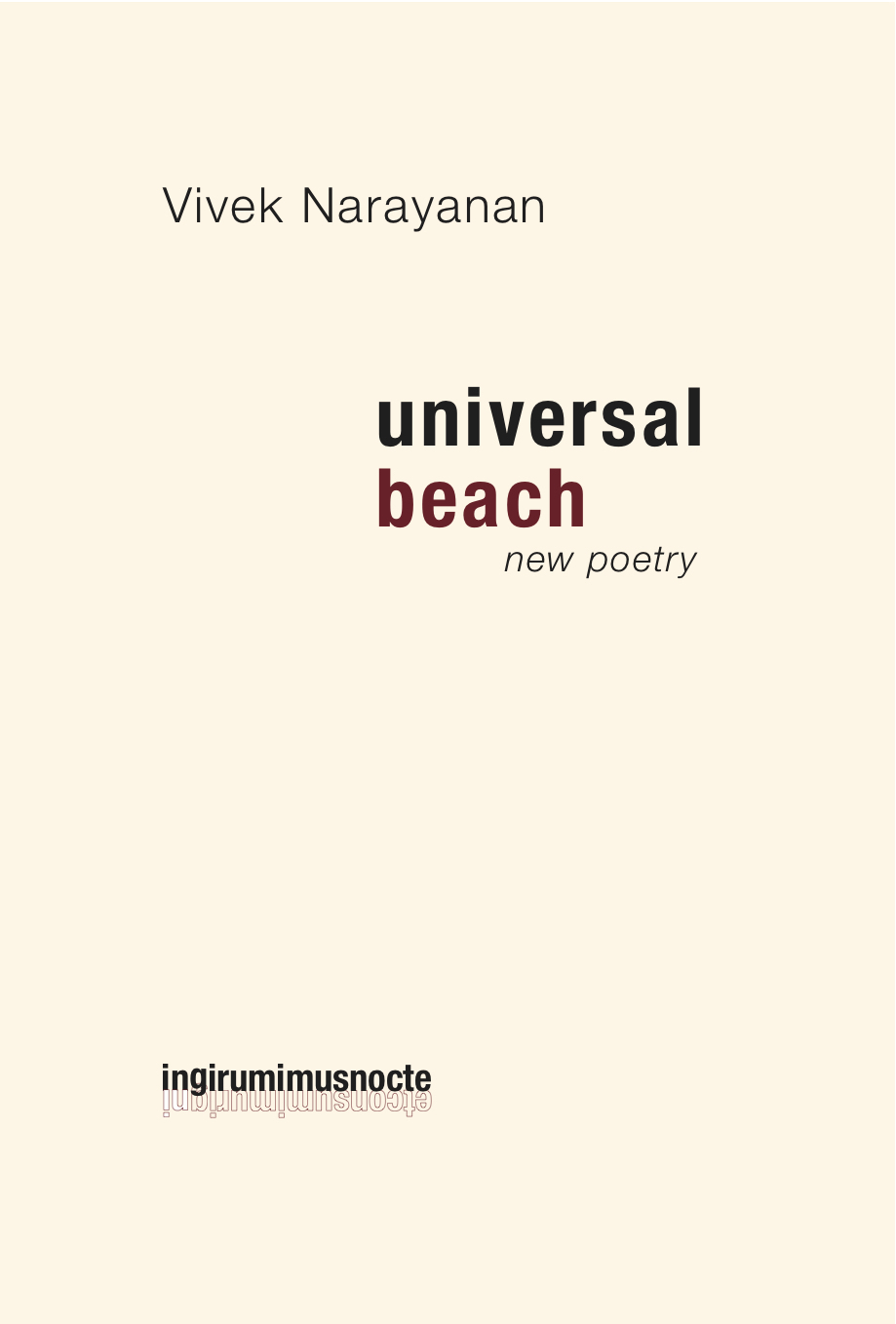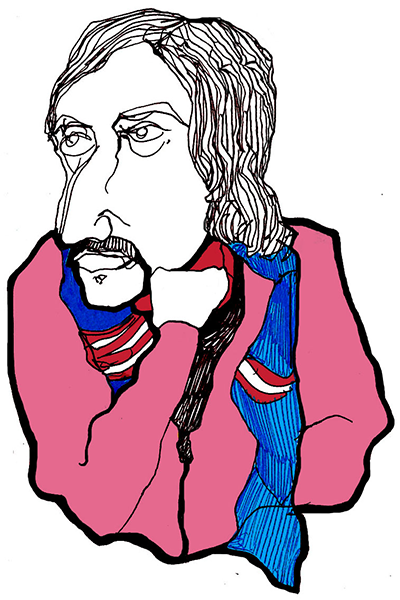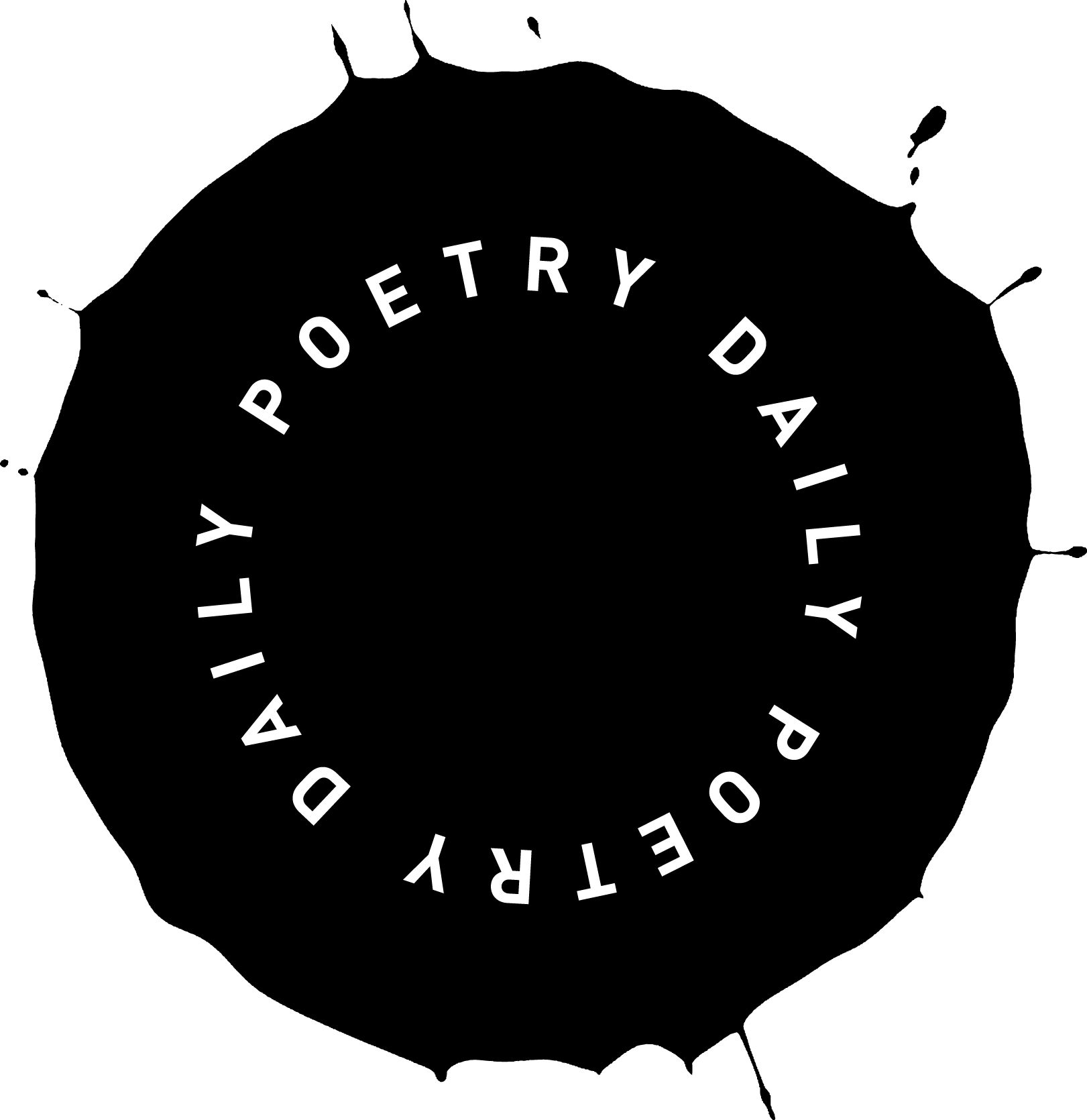One night, visiting Bangalore (Bengaluru) from Delhi, sometime in ’05 or ’06, I met up with my dear friend the architectural historian Curt Gambetta. We had dinner at some relaxed “restobar” then, happily intoxicated, took a walk out on the town—Frazer Town, to be precise. This was an eon ago, of course, before the new Hindu fascism had taken root in ways we wouldn’t even have been able to imagine then, before the entire discourse of the city changed. Curt was interested in the period of great house-building from the 1940s to the ‘60s, when new architectural ideas and designs had zinged like memes through the city. Most of all, however, Curt was interested in cement, its powerful malleability. Cement could allow you to fashion new things never before seen on the landscape, or it could just as well slink back to imitate the forms that were already there. I, on the other hand, was not a ready fan of this material. I couldn’t deny that it disgusted me, had always disgusted me, but now especially, when the hum of construction was all-present in Indian cities as to never stop. Cement was simply a mainstay in the air we breathed; the migrant labourers who worked closely with it were among the human sacrifices our society chose to make. Curt, however, was convincing me that there was also more to the story. If ever there was needed a proof of a ‘real’ world of real matter outside of us, cement had a texture that could not even easily be reproduced in nightmares.
At the time I’d just started writing a series of sonnets that tried to explore a new set of deities for the city, any city. My idea of a deity was not an omnipotent father-figure, but something much more earthly and flawed, as in some Indian and African traditions I was familiar with, no doubt many others. In this world, spirits—ancestors, numinous, ambivalent beings like the djinns or the smallpox goddess who both brought and took away smallpox—were neither good or bad, and both. My own deities were more archetypes, things or perhaps properties in the world I lived in that repulsed and entranced me, and that I also felt somehow dependent on.
By the end of the night, thanks to our walk, cement had become one of these. New mysteries arose as we grappled with it, touched, observed it. We realized, among other things, that someone, some group of people, perhaps builders or masons or homeowners, had been secretly “signing” various fronts and entrances with art-deco-like ornaments, perhaps even sets of symbols, which were at once imitations of a style and something not quite seen before. The photograph below, also taken in the same city, is not the same ornament that we saw that night, that appears in the last lines of my poem, but something akin to it.





